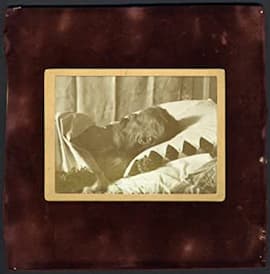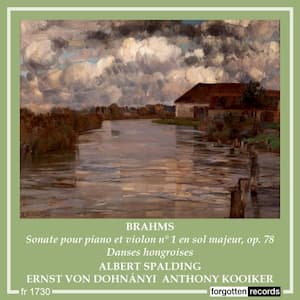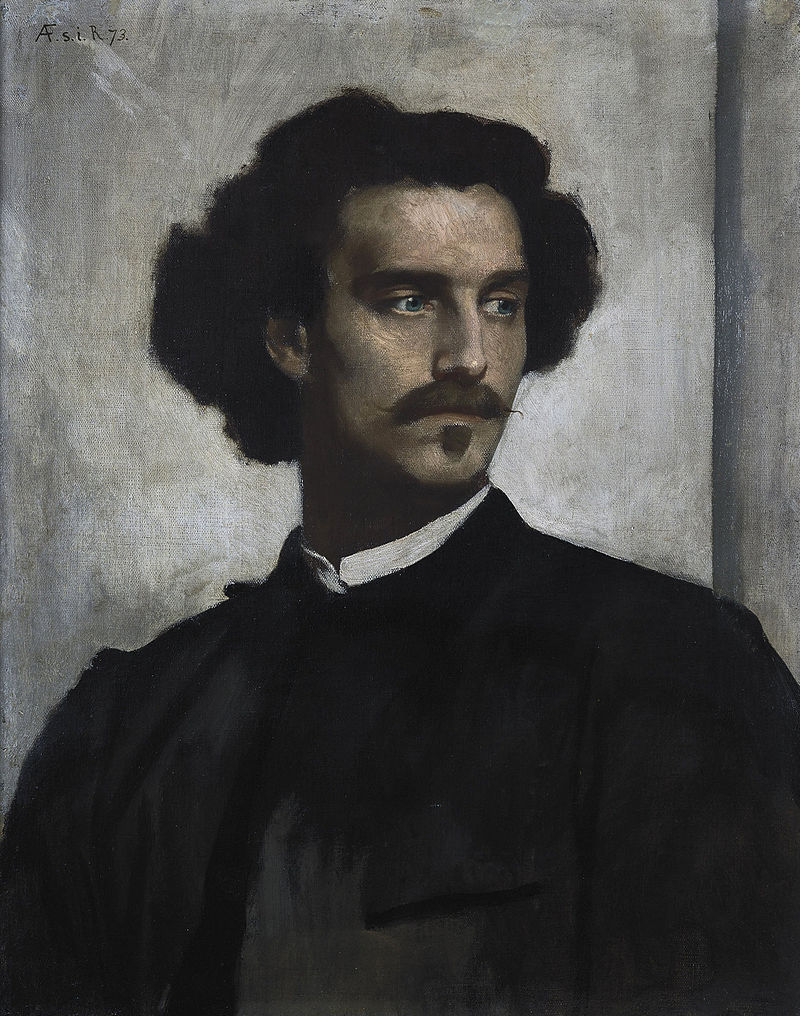Johannes Brahms was well connected. He befriended and collaborated with hundreds of people during his career, including fellow musicians and composers, publishers and artists, poets whose texts he set to music, and even rulers of certain German states with whom
Brahms
Johannes Brahms was certainly open to life’s pleasures, and he would never decline a good meal. He once told a friend, “I live in Vienna as if I were in the country,” and he ate his lunch at the same
Johannes Brahms (1833-1897) didn’t come from money and spent the summers of his youth playing the piano to entertain guests at summer inns outside Hamburg. He was promoted by Schumann in his role as editor of the Neue Zeitschreift für
At the end of the summer of 1896, Johannes Brahms was displaying some typical jaundice symptoms. The whites of his eyes and the mucous membranes had started to turn yellow. His doctors continued to observe Brahms for several months before
Johannes Brahms (1833-1897) discovered the music of Hungary through the Hungarian violinist Ede (Eduard) Reményi, who was in Germany after being banned from Austria following his participation in the Hungarian Revolution of 1848. Brahms, 15 at the time of their
In 1879, composer Johannes Brahms and violinist Joseph Joachim took a concert trip through Transylvania to workshop Brahms’ latest work, the Violin Concerto, Op. 77, which had opened to less-than-satisfactory reviews. Although Brahms wasn’t really up for a tour, of
The German symbolist artist Max Klinger (1857-1920) took inspiration from Brahms to create his Brahmsphantasie, a book of music and images that took Brahms’ music to a level never before seen. In his Brahmsphantasie, Klinger divided the work into 3
The classicist painter Anselm Feuerbach was one of the artists who formed a close friendship with Brahms, and who was often compared to him. He sought in his art to both follow a stringent aesthetic and a Classical restraint, while








